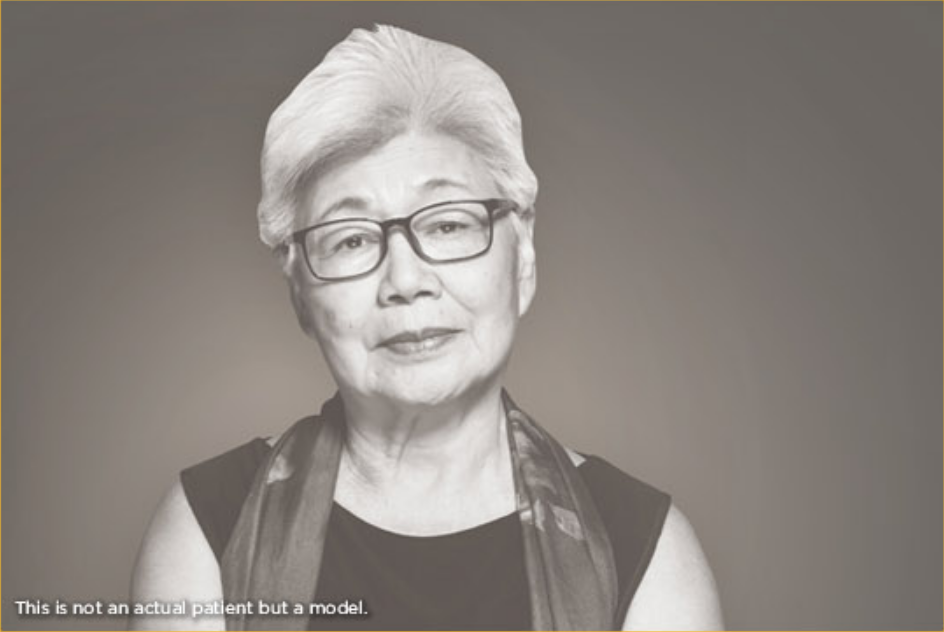SEE WHAT HAPPENS INSIDE YOUR BODY WHEN YOU HAVE ATTR-CM
Watch the video or scroll down to learn more.

The liver produces transthyretin, a transport protein that carries the hormone thyroxine and vitamin A (retinol) throughout the bloodstream.5,8,15

When someone has ATTR-CM, either due to aging (wild-type) or an inherited genetic variant (hereditary), the protein becomes unstable and misfolds.5,8,15

Over time, the misfolded proteins join together and build up in the body, including in the heart (causing the muscles to thicken and stiffen, eventually leading to heart failure).5,8,15
THERE ARE 2 TYPES OF ATTR-CM5,8

Wild-type ATTR-CM (wtATTR)15,16:
- Associated with aging
- Most often affects white men over the age of 60
- May be the most common form of ATTR-CM

Hereditary ATTR-CM (hATTR)8,15-18:
- Caused by a change (or “mutation”) In one of your genes
- Passed down from a relative
- Affects both men and women, with symptoms beginning as early as 50 to 60 years old
- There are more than 120 known mutations that cause hATTR; the most common mutation in the United States is V122I

V122I Almost Exclusively Affects African Americans15
In the United States, The V122I mutation is found almost exclusively in individuals of African ancestry. Approximately 3 to 4% of the African American population are thought to be carriers of the mutation. However, some with the genetic mutation may never develop symptoms.

ATTR-CM could be the underlying cause of your heart failure,5 so it’s important to recognize the messages your body may be sending.

